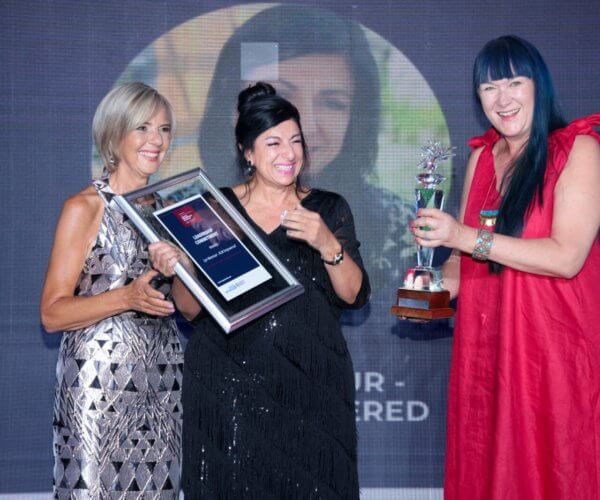
Diversish [daɪˈvɜːsɪʃ] Adjective
Selectively inclusive of some types of people within a company, group or business, depending on which type suits the company best.
The above definition has been coined by the Valuable 500- a global movement focused on putting disability on the business leadership agenda by calling on 500 national and multinational private sector companies to be the change leaders pioneering inclusivity for people living with disabilities in the workplace. The Valuable 500 is calling out the semi-participation in affirmative action that has become common in business by defining and creating accountability around the word “diversish.”
Despite companies believing that not taking measures to hire more persons living with a disability is more suitable to them, there are enormous benefits for businesses and the economy. Making up 1.3 billion of the world’s population and accounting for 7.5 % of South Africa’s population, there is an abundance of talent, creativity, manpower and spending power that is still untapped in this sector of the population. The South African Human Rights Commission’s toolkit for the private sector promoting the rights of persons living with disability in the workplace highlights advantages such as the competitive edge a company gains when it maintains a diverse workforce, the business opportunities that are presented by tapping into the lucrative market that persons living with disability present in South Africa and the enhanced creativity that comes from a diverse workforce.
As leaders and enablers of change management and workplace inclusivity, KLM Empowered presents three tips for improving the employment equity of persons living with a disability.
1. Dedicated Focus
Goals need dedication and focus to be realised. Assigning the creative and strategic dedication of a senior Transformation and Inclusion manager the responsibility of spearheading employment equity and accessibility for persons living with disability is the most effective way to ensure disability-related policies are being properly implemented and consistently improved upon. The managers of transformation and inclusion drive these goals with assigned budgets and resources which result in the objectives being obtained and sustained. This is particularly important when it comes to upgrading the company’s accessibility facilities and empowering employees with sensitisation training and disability awareness. Having a dedicated champion of change will support the collective responsibility amongst employees in ensuring accessibility, policies and emotional intelligence are being properly upheld; which in turn boosts general morale and provides greater understanding and inclusion towards a diverse workforce.
2. Prioritise accessibility
This may seem obvious but there are many facets of accessibility that go unthought-of. Creating a workplace that is truly accessible for any kind of disability goes beyond the imperative physical fixtures such as floor navigation, toilet and parking access. There needs to be a strategy in place which ensures anyone with a disability can be accommodated with technological access and training materials such as by means of voice command, subtitles and button accessibility.
Of particular importance is creating accessibility in the recruitment process too. Often job specs appear discouraging towards persons living with disability, and placements of job adverts often miss this audience too. When it comes to the processes which follow matching with a CV, standard procedures far too often don’t fully allow candidates living with a disability to sufficiently demonstrate their strengths. Companies need to remain mindful of this in the hiring process. A good example of agility around this is Microsoft, which adapted its interview processes to better accommodate people with autism who had the right skills and intellect for certain jobs but weren’t afforded a fair opportunity to demonstrate these strengths as they would get stuck on the initial interview. Microsoft adapted certain interview processes which were more sensitive and inclusive in providing all kinds of people the opportunity to demonstrate their strengths.
3. Create Community and Communication
The most effective way to promote inclusivity in your company is to empower and encourage all employees to be champions of change. The more awareness and teamwork there is supporting policy, the better the morale, wellbeing and productivity of employees. Improve community and communication by:
The most innovative and productive workforce is the most truly diverse one (not diversish!). The wider the range in perspective on a team, the more creative and varied solutions become. For further assistance in creating and maintaining an inclusive workforce contact advocates for diversity and inclusion, KLM Empowered for coaching and mentoring, sensitisation training and turn-key learnership solutions for persons living with a disability.
CONTACT US



